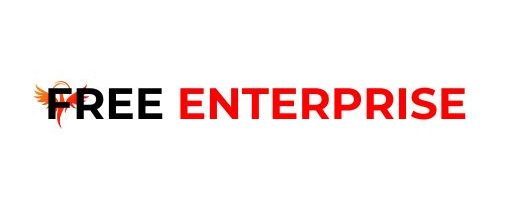
<!-- HTML_TAG_START -->NasdaqCM:EPIX Earnings Per Share Growth December 21st 2024<!-- HTML_TAG_END -->
There’s no doubt that money can be made by owning shares of unprofitable businesses. For example, although Amazon.com made losses for many years after listing, if you had bought and held the shares since 1999, you would have made a fortune. Having said that, unprofitable companies are risky because they could potentially burn through all their cash and become distressed.
So, the natural question for Kronos Bio (NASDAQ:KRON) shareholders is whether they should be concerned by its rate of cash burn. For the purpose of this article, we’ll define cash burn as the amount of cash the company is spending each year to fund its growth (also called its negative free cash flow). Let’s start with an examination of the business’ cash, relative to its cash burn.
View our latest analysis for Kronos Bio
A company’s cash runway is calculated by dividing its cash hoard by its cash burn. When Kronos Bio last reported its September 2024 balance sheet in November 2024, it had zero debt and cash worth US$125m. Importantly, its cash burn was US$78m over the trailing twelve months. That means it had a cash runway of around 19 months as of September 2024. That’s not too bad, but it’s fair to say the end of the cash runway is in sight, unless cash burn reduces drastically. Importantly, if we extrapolate recent cash burn trends, the cash runway would be noticeably longer. Depicted below, you can see how its cash holdings have changed over time.
Over the last year, Kronos Bio maintained its cash burn at a fairly steady level. More pleasingly, its operating revenue was far from stagnant, gaining by 146%. We think it is growing rather well, upon reflection. While the past is always worth studying, it is the future that matters most of all. So you might want to take a peek at how much the company is expected to grow in the next few years.
Kronos Bio seems to be in a fairly good position, in terms of cash burn, but we still think it’s worthwhile considering how easily it could raise more money if it wanted to. Generally speaking, a listed business can raise new cash through issuing shares or taking on debt. One of the main advantages held by publicly listed companies is that they can sell shares to investors to raise cash and fund growth. We can compare a company’s cash burn to its market capitalisation to get a sense for how many new shares a company would have to issue to fund one year’s operations.




